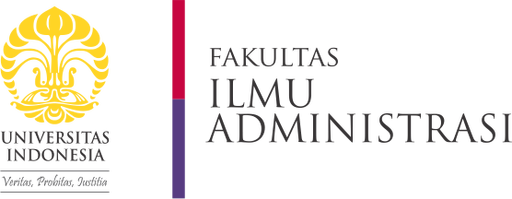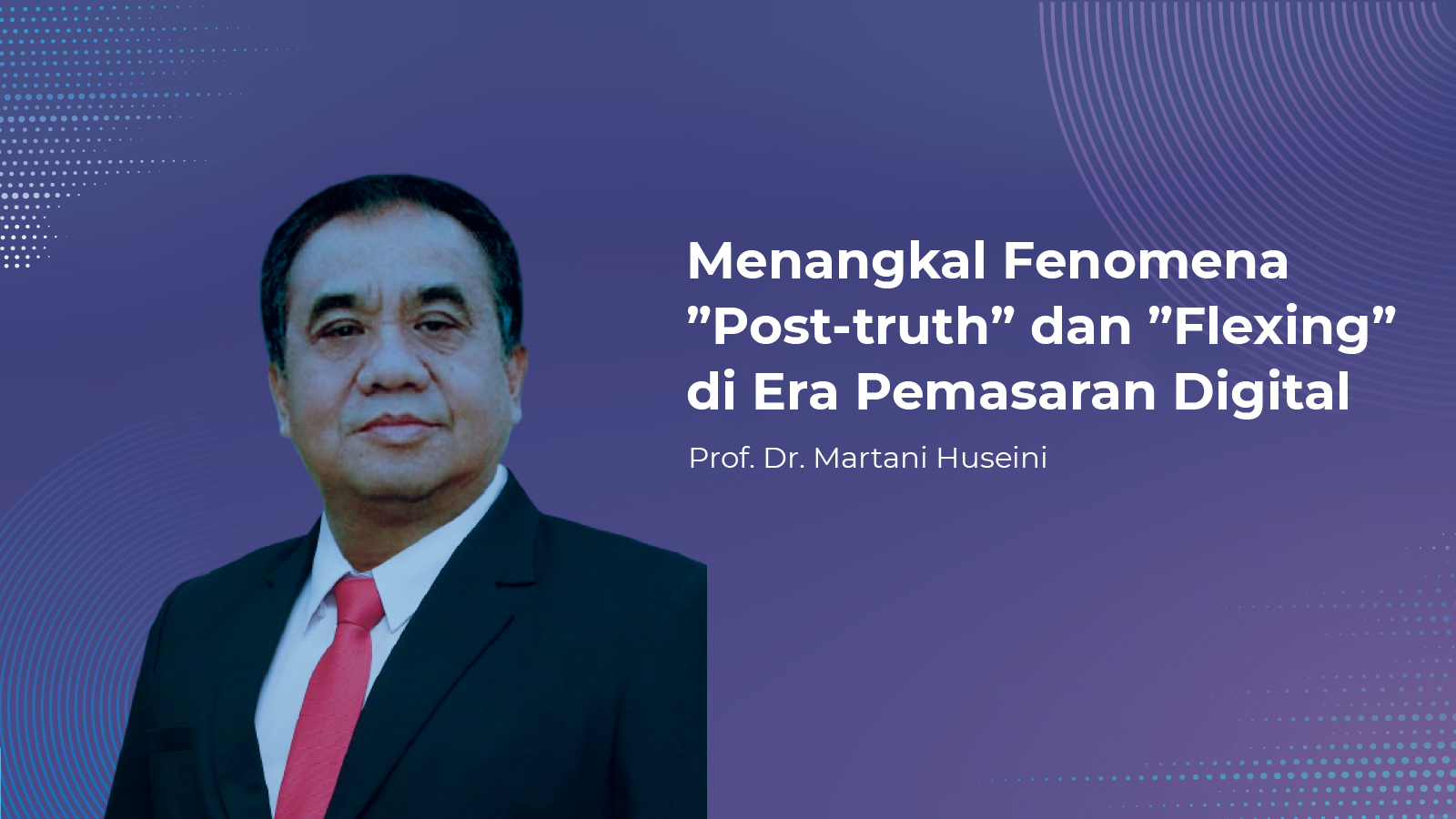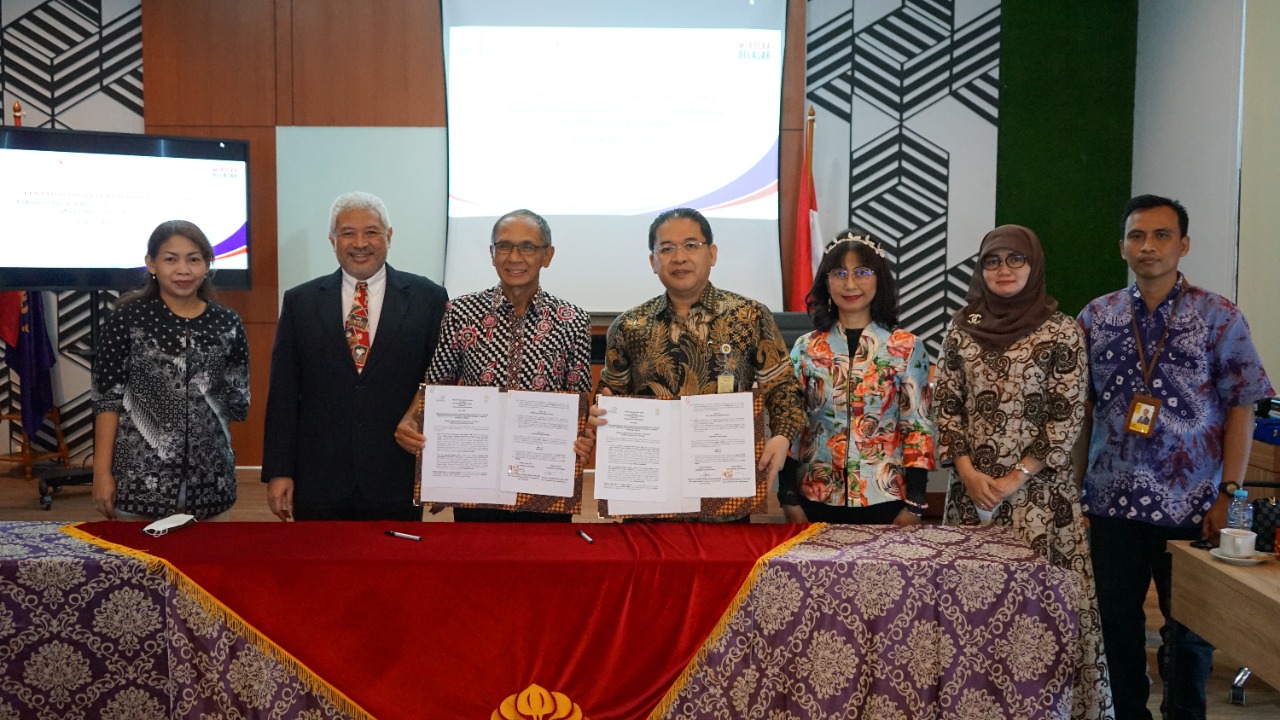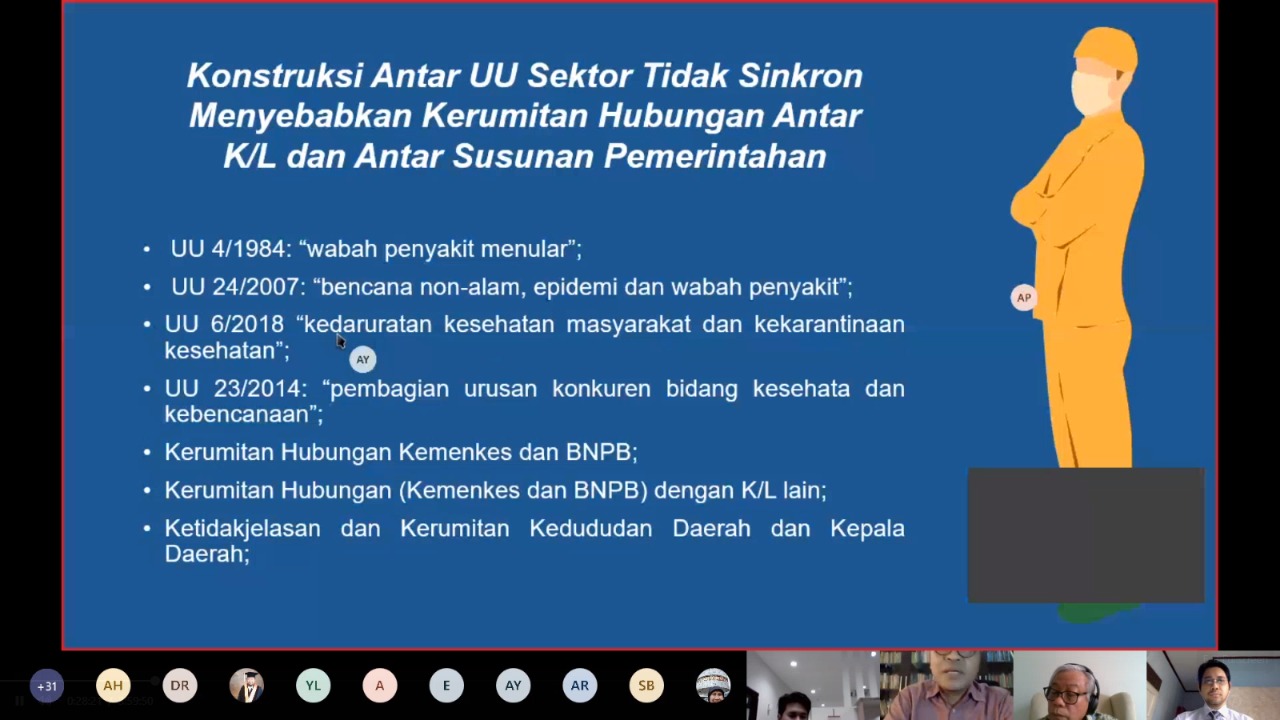The cases of Binomo, Indra Kenz, and their victims are so sad and have far-reaching impacts that need to be tackled to the root. This case typically occurs in an era commonly referred to as a post-truth phenomenon by social and communication scientists. He often makes noise in everyday conversations to become high-level conversations in the business and political realm.
Three key elements framed in business practices or digital marketing are post-truth, flexing, and irresponsible digital marketing. The goal is to target consumers who are less careful and easily slip. Just look at these omissions that have been revealed in successive cases such as Binomo, DNA Pro, Robo Trading, borrowing (online system loans that are not registered with the Financial Services Authority), and many other cases.
In simple terms, post-truth is defined as a social phenomenon when humans are confused to sort and choose which data and facts are correct to respond to. Often our minds are confused by the hoax news that spreads along with the phenomenon of flexing (showing off luxury) to add to the fragrance of spices for business practices in the fraudulent digital era. This practice is far from meeting proper business ethics.
In the case of this kind of digital pattern business fraud, the perpetrators act together with artists and celebrities who are played as influencers and or endorsers in the context of digital marketing. In the end, they ended up in the criminal realm. The various parties have to deal with the legal apparatus.
Fortunately, the names of celebrities who have become big because of social media marketing are adding to the problem. As a result, the public’s eyes are opened about issues that previously seemed to be the ideal land for investment.
In fact, in various cases, celebrities are forced to return large sums of money for fear of being linked with money laundering. This refers to Law No. 8 of 2010 which is feared to drain previous wealth that might have been obtained lawfully.
AISAS model and “penta helix”
In conventional marketing patterns, the AIDA model (attention, interest, desire, and action) is known in realizing a buying process. Now, in the digital marketing era, the consumer behavior model has changed to AISAS (attention, interest, search, action, and share). The element of “search and share” is a differentiator that is prone to be engineered towards deception with the added appearance of excessive luxury and confusion towards post-truth.
On the public side, the transition from analog to digital marketing activities requires rapid adaptation by the community. He seemed to need the foundation of a new civilization building. Institutional pillars need to be strengthened to strengthen the functions of information dissemination, monitoring, verification, validation, and supervision in order to avoid fraudulent business practices.
In the conventional business era, the use of the triple helix ABG (academician, businessman, and government) role is sufficient in the education, monitoring, and supervision process. However, in the digital marketing era, there are two additional functions, namely media and community, so that it becomes a penta helix. Both must be synchronized for verification, validation and “accreditation” functions. This is related to the high speed of digital information flow (real time) in the form of writing, images, and short films on social media.
Indeed, this digital platform and ecosystem has a very powerful and interesting function if it is used in a positive business direction. Because human activities can now be helped by the latest digital platforms with 10 V characters (volume, velocity, variety, veracity, value, validity, variability, venue, vocabulary, vagueness). 10 V components integrated in big data can be utilized for new life and civilizations.
However, behind the face of the same coin, there will be problems for those who do not understand this new civilization. Education as well as literacy are needed for the verification, validation, and accreditation functions (when they begin to understand and can be active in them).
If the cultural foundations and governance in the civilization of the new Indonesian society have been unified, there is no need to worry about digital marketing malpractices. However, the reality is that readiness is still far from sufficient, as seen in the Human Development Index and Human Welfare Index, which are still ranked at the bottom. Cases of corruption are increasingly widespread, not only carried out by leaders at the central level, but also penetrate to districts and cities involving the business world. In fact, social activities cannot be separated from corruption cases.
Holistic improvement at the macro, meso, and micro levels is urgently needed. The Binomo incident, DNA Pro, Robo Trading, and so on are indicators of the vulnerability of the Indonesian people who do not understand the dangers of post-truth, flexing, and other tricks in digital marketing.
More and more victims will fall if the antidote cannot be felt as a new function of the media and community. Deception by offering flexing in the process of endorsing, influencing, to decision-making is rife in Indonesia. Starting from the lure of news advertisements on social media to watching short films on digital platforms and other applications.
In fact, we are living in a difficult era, namely a time when lies are easily disguised as truth. On the other hand, what is narrated is a lie by certain parties so that rationality is defeated by content engineering and sophisticated technology. This is exacerbated by the habit of our society which is generally reluctant to verify, validate, or track/trace the truth of a news story.
Human rationality becomes disturbed in the normal thought processes that should be the basis of the business world. Therefore, we can easily understand why flexing in the world of digital marketing is being used by content engineers on social media. Mainly because of practical considerations, low cost, and easy to cultivate.
Prevent “post-truth” and “flexing”
The more problems that arise, the more it feels that in the transformation to a digital business platform civilization, a penta helix is increasingly needed that involves the community and the media for orchestrating the education, socialization, and verification processes. Only with this penta helix orchestration can a fairly comprehensive validation occur.
Apart from that, the government’s role in regulating policies at the macro level is also very much needed. It is the government that regulates systems, business processes, and signs for the perpetrators so that deception can be prevented, and return to innovative hard work in this digital era. At the same time, academics are expected to act as critics and enlighteners in the transformation process.
At the real level, the role of the community and the media should be more pronounced to prevent business malpractices. In the context of big data, community and media checking each other between associations and across communities is an important key.
All communities and associations must be incorporated and registered in business activities so that they can be monitored by business, finance and tax authorities, such as OJK, Kadin, and Kadinda or their sectoral and communal associations. Thus, the movement of business malpractice can be conveyed in all media, both conventional and digital.
As for the micro level, keep an eye on the practices in the field, the rules of the game, and business ethics that have been instilled and required by the authorities at the macro level. In this way, early symptoms of malpractice can be mitigated through a quick search on the community database.
The collaboration of the penta helix role for the process towards good orchestration must be led by a dynamic government. Like a beautiful orchestra spectacle, the government must be willing to prepare good sheet music so that all ABG players and the community as well as the media can and obediently read musical notes in the context of each chosen song.
All movements of government instructions as conductors must also be easy to understand and implement. There is also an opportunity to test whether the media and the community have been properly approached by the government.
Martani Huseini, Professor of Digital Marketing Observer, Chair of CIGO FIA UI
published in the daily Kompas








